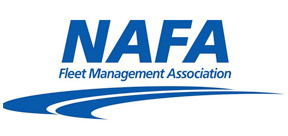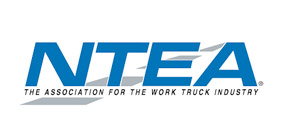Overland Park, Kansas, unrolls new winter strategy

In 2011, a monstrous winter storm swept across the U.S., raging its way from New Mexico to the East Coast, dropping anywhere from 10 inches of snow up to a maximum of 27 inches (recorded at Antioch, Ill.).

Coupled with high winds, frigid temperatures, blowing snow and mixed precipitation, it took the lives of at least 36 people and caused millions of dollars in damage, including widespread power outages in numerous states. A severe ice storm that preceded it caused increased hazardous conditions across areas of the Midwest and into New England.
Not every winter storm is as extreme as the Groundhog Day blizzard — named for its third and final day of destruction, Feb. 2 — but for those who live in areas where snowfall can be a winter expectation, cities need to plan for any amount of snowfall. Clearing the streets of snow is critical for emergency personnel, utility workers who may need to repair storm damage and other essential workers, not to mention the remainder of the community. Overland Park, Kan., part of the Kansas City metropolitan area, is one such place. Though snowfall amounts can vary greatly from year to year, the city of 200,000 people has faced its share of severe winter weather. To handle this, the city’s snowplow fleet must be in good order ahead of time. For that end, the city has added a new truck to the fleet this year, though as press time in January, it’s not in commission yet.
Meg Ralph, communications and media relations manager for the city of Overland Park, explained, “In October, our public works staff took an agenda item to our public works committee, which is the governing body committee that approves purchases for public works equipment, and they approved the purchase of a medium-duty snow truck, which is a testament to the flexibility and additional solutions that our staff is looking for.”
The major benefit of this new medium-duty truck rests in its flexibility. As it is a smaller truck, she reported drivers do not require CDLs to operate it. Though this is a trial year for the new truck, there is the expectation that if it performs well, it may be utilized in other capacities in other seasons. Additionally, different city departments, such as the parks department, which use similar trucks, might choose to invest in comparable equipment in the coming years.

For its trial year, Mother Nature has been cooperative. The snow season has been harsh thus far in comparison to other years. Overland Park saw its first snowfall in late November, with totals of 1.8-2.2 inches, the second-highest accumulation in November in the past 10 years, according to the city’s website. Also, January has seen heavier snowfalls than other entire winter seasons, Ralph reported. “Oftentimes, our snowstorms begin with ice, so we have to be pretty flexible with our trucks and what we can use. We’re not just plowing; we’re often treating streets and then plowing.”
Currently, 63 snow trucks make up the fleet for Overland Park, and they have been managing the early snowfall. Once the city’s first medium-duty truck is ready, it’ll join them in the endeavor. Depending on the severity of the storm and the day, public works endeavors to have the city’s streets cleared within a 24-hour time frame, Ralph said.
Another factor in Overland Park’s decision to add a medium-duty truck into its winter fleet was cost. The city spent roughly $58,000 less on this particular vehicle than it would have spent on a larger truck. Ralph stressed the importance of calculating and considering the costs the city put into it. “When we talk about one of our core values, (it) is stewardship of taxpayer dollars and how can we get the same work done … at less of a cost. That is something that we’re trying to do.”
And if it happens that the city goes a few years without a snowfall, the city has not invested as much money in a vehicle that would not see as much use in a year.
The disadvantage is that the medium-duty truck holds less salt than its larger counterparts, so the city will be strategic about planning the routes for this snowplow. With just over 2,200 lane miles to cover in Overland Park, that means a lot of roads need to be plowed as quickly as possible or salted in advance of a major storm event, quite the task for 62 heavy-duty and one medium-duty truck. But when lives may be on the line, the city trucks stand ready for Mother Nature’s winter fury.
Next Article: Bozeman, Montana, takes a fresh approach to leaves

